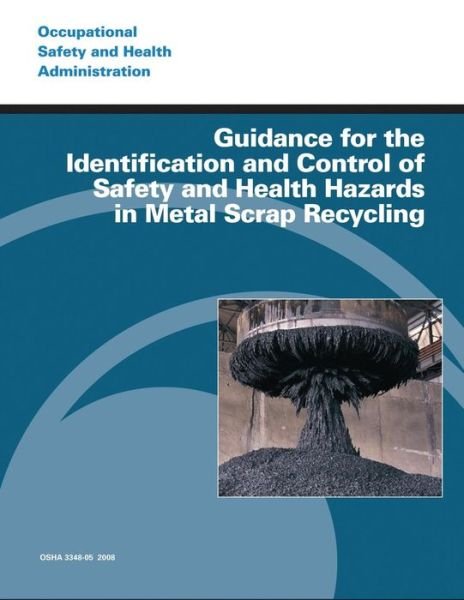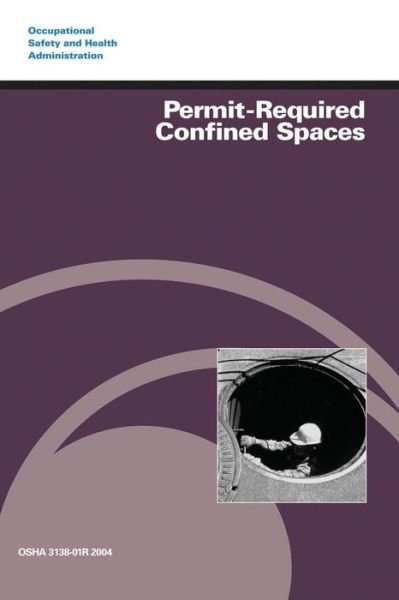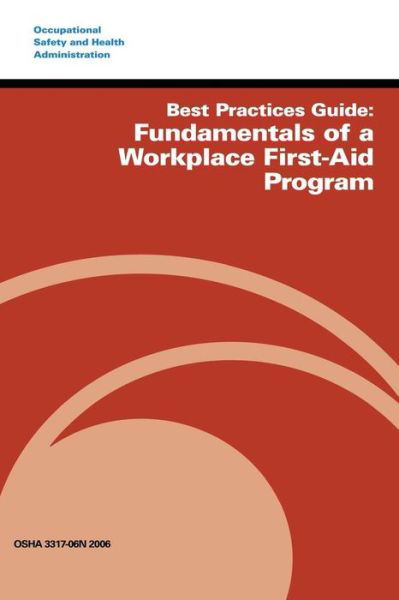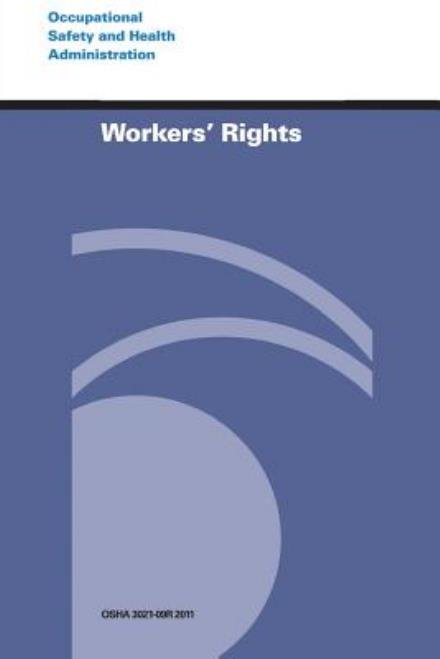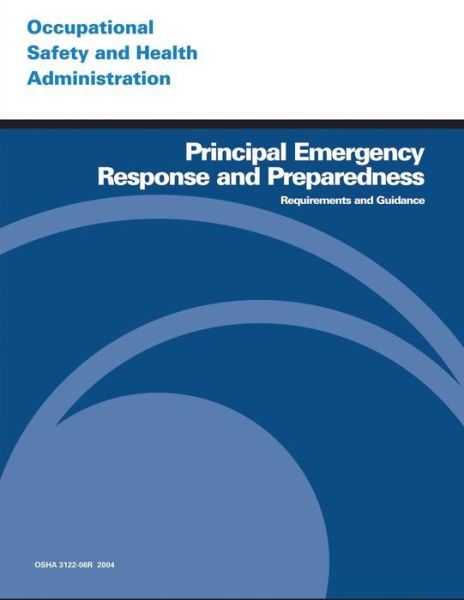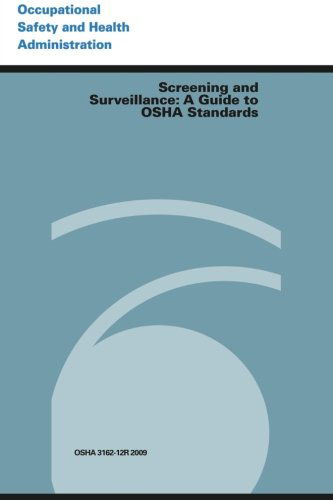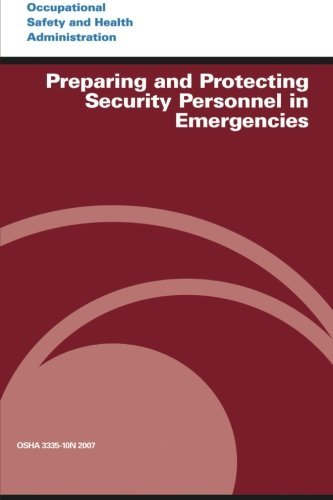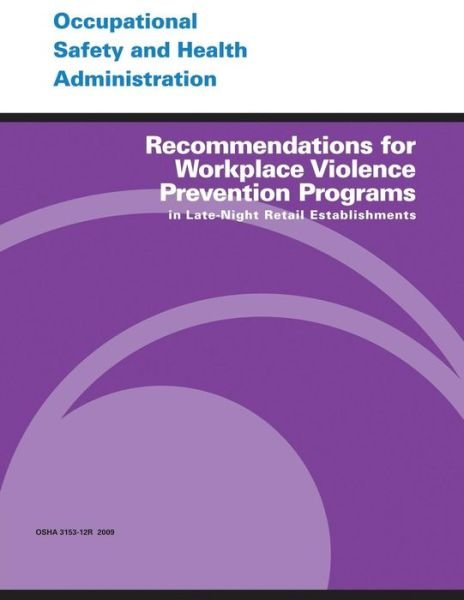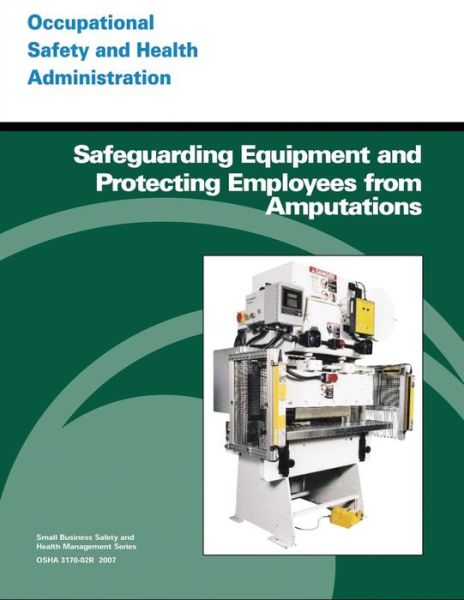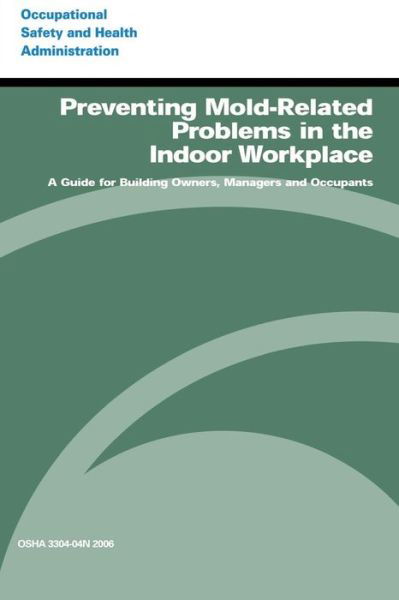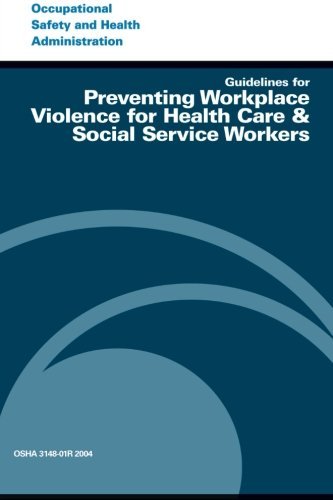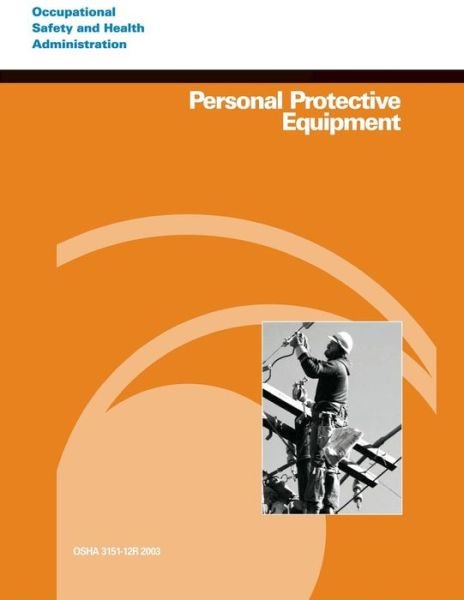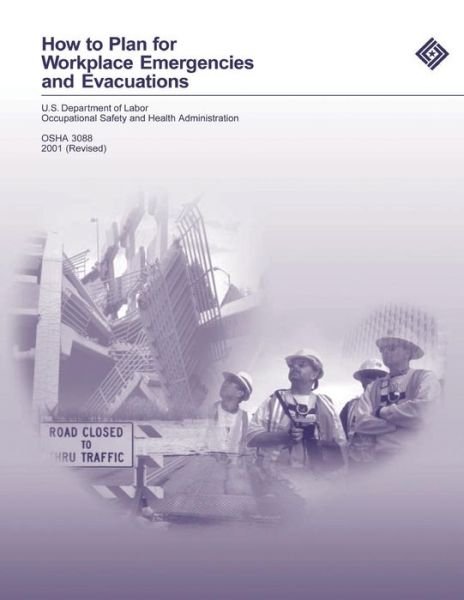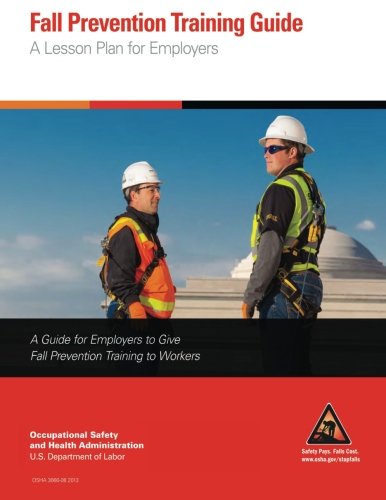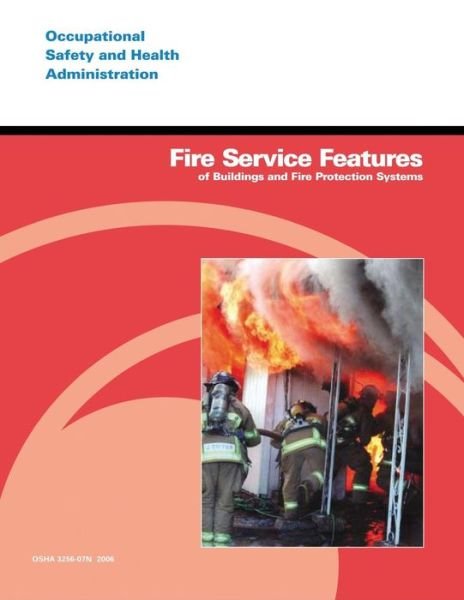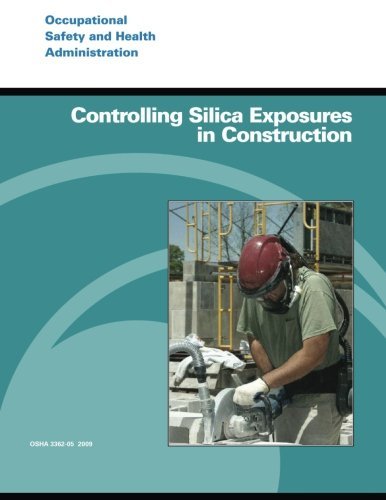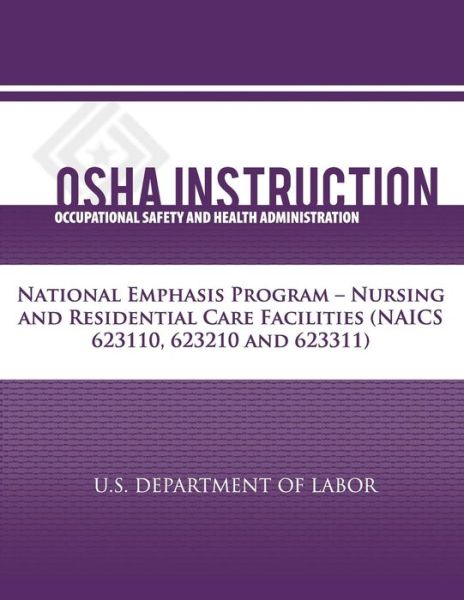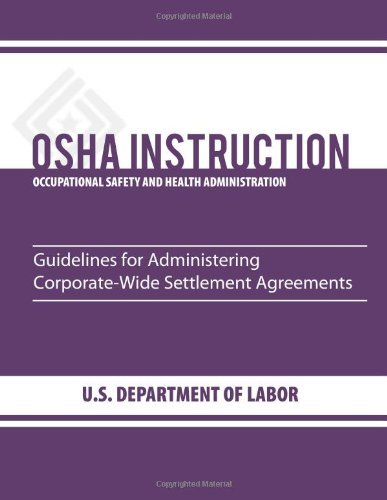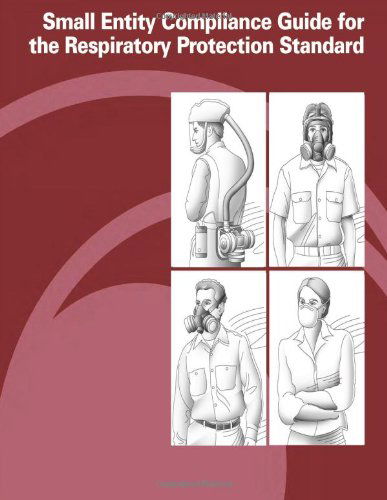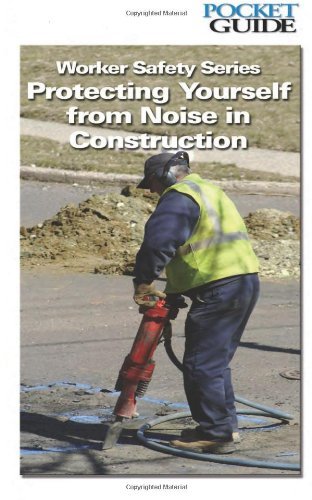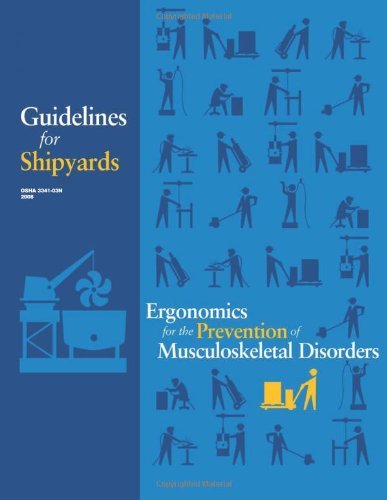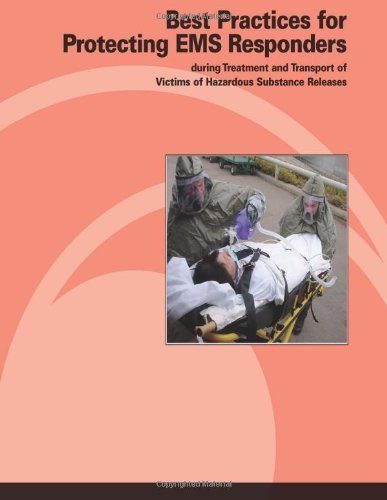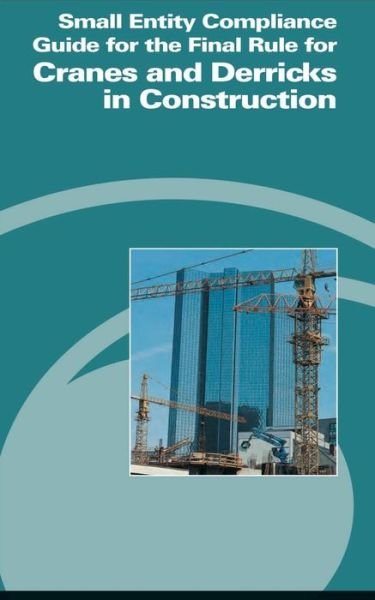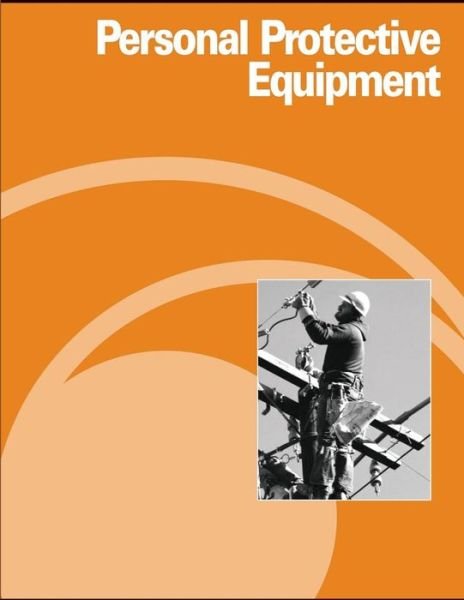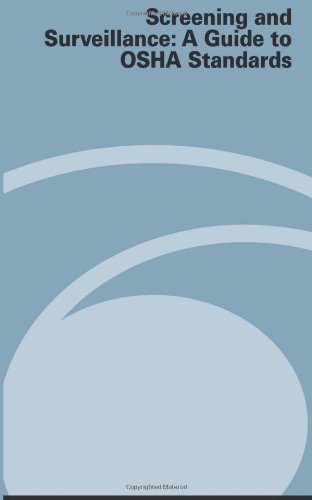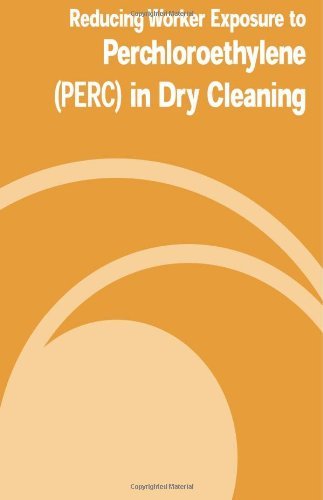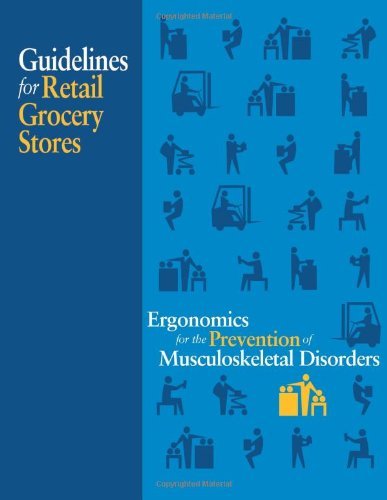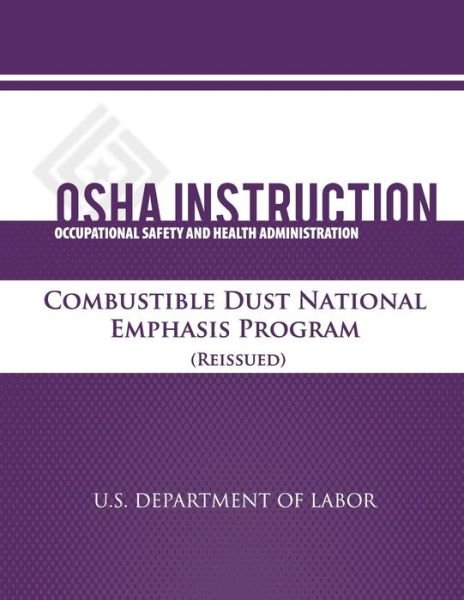
Conte aos seus amigos sobre este item:
Osha Instruction: Combustible Dust Natonal Emphasis Program (Reissued)
Occupational Safety and Health Administration
Osha Instruction: Combustible Dust Natonal Emphasis Program (Reissued)
Occupational Safety and Health Administration
OSHA is reissuing the directive on the Combustible Dust National Emphasis Program to increase its enforcement activities and to focus on specific industry groups that have experienced either frequent combustible dust incidents or combustible dust incidents with catastrophic consequences. OSHA initiated its previous Combustible Dust National Emphasis Program on October 18, 2007. As a result of a recent catastrophic accident involving a combustible dust explosion at a sugar refinery, OSHA has decided to intensify its focus on this hazard. The Agency will increase its activities in outreach, training, the creation and dissemination of guidance and educational materials and cooperative ventures with stakeholders, as well as enhancing its enforcement activities through this amendment to the National Emphasis Program. The purpose of this NEP is to inspect facilities that generate or handle combustible dusts which pose a deflagration or other fire hazard when suspended in air or some other oxidizing medium over a range of concentrations, regardless of particle size or shape; deflagrations can lead to explosions. Combustible dusts are often either organic or metal dusts that are finely ground into very small particles, fibers, fines, chips, chunks, flakes, or a small mixture of these. Types of dusts include, but are not limited to: metal dust, such as aluminum and magnesium; wood dust; plastic dust; biosolids; organic dust, such as sugar, paper, soap, and dried blood; and dusts from certain textiles. Some industries that handle combustible dusts include: agriculture, chemicals, textiles, forest and furniture products, wastewater treatment, metal processing, paper products, pharmaceuticals, and recycling operations (metal, paper, and plastic). In situations where the facility being inspected is not a grain handling facility, the lab results indicate that the dust is combustible, and the combustible dust accumulations not contained within dust control systems or other containers, such as storage bins, are extensive enough to pose a deflagration, explosion, or other fire hazard, then citations under 29 CFR 1910.22 (housekeeping) or, where appropriate, 29 CFR 1910.176(c) (housekeeping in storage areas) may generally be issued. Combustible dusts found in grain handling facilities are covered by 29 CFR 1910.272. For workplaces not covered by 1910.272, but where combustible dust hazards exist within dust control systems or other containers, citations under section 5(a)(1) of the OSH Act (the General Duty Clause) may generally be issued for deflagration, other fire, or explosion hazards. National Fire Protection Association (NFPA) standards (listed in Appendix A of this directive) should be consulted to obtain evidence of hazard recognition and feasible abatement methods. Other standards are applicable to the combustible dust hazard. For example, if the workplace has a Class II location, then citations under 29 CFR 1910.307 may be issued to those employers having electrical equipment not meeting the standard?s requirements.
| Mídia | Livros Paperback Book (Livro de capa flexível e brochura) |
| Lançado | 18 de setembro de 2012 |
| ISBN13 | 9781479342211 |
| Editoras | CreateSpace Independent Publishing Platf |
| Páginas | 44 |
| Dimensões | 216 × 279 × 3 mm · 131 g |
| Idioma | English |
Mais por Occupational Safety and Health Administration
Ver tudo de Occupational Safety and Health Administration ( por exemplo Paperback Book )


